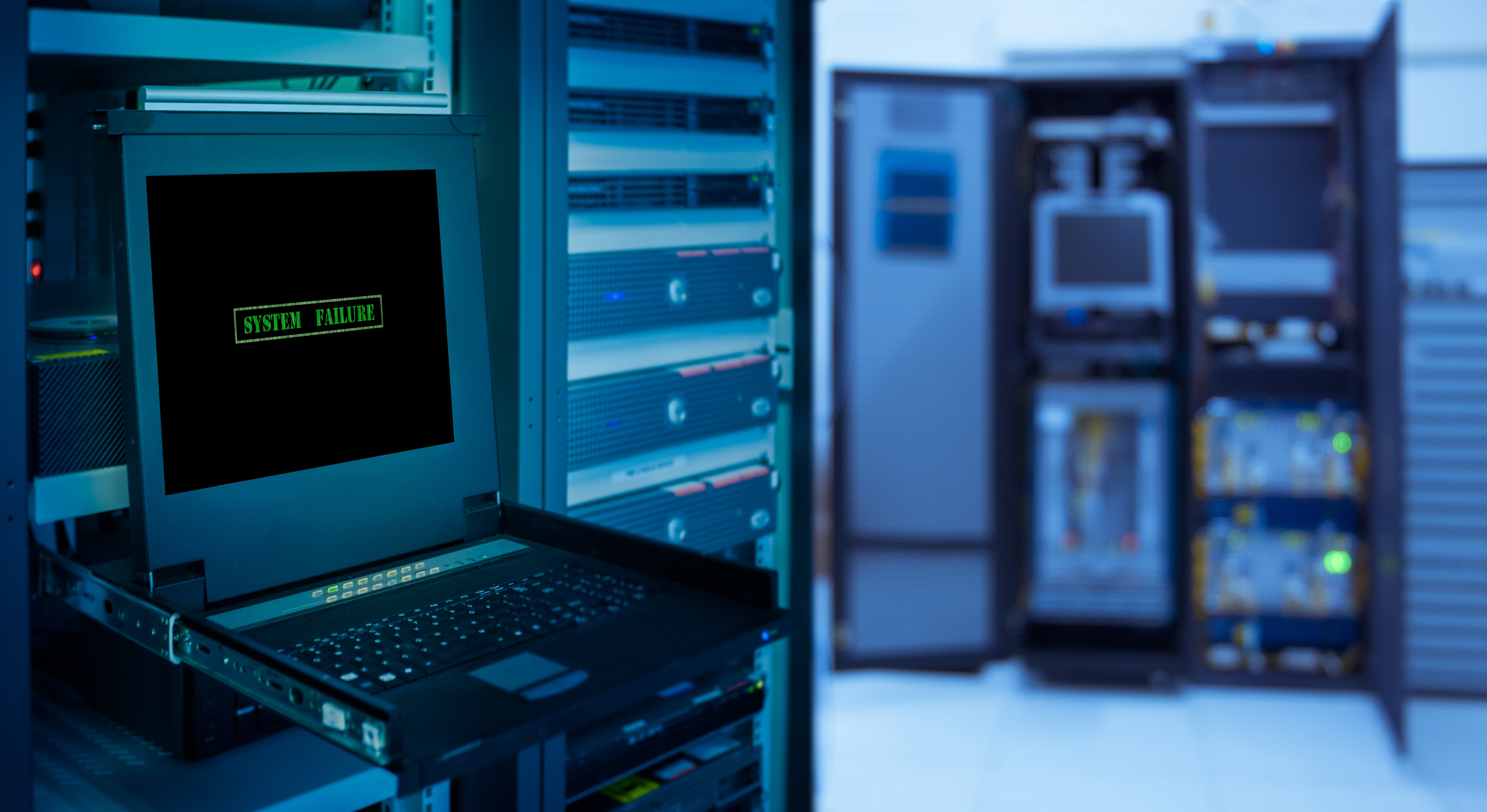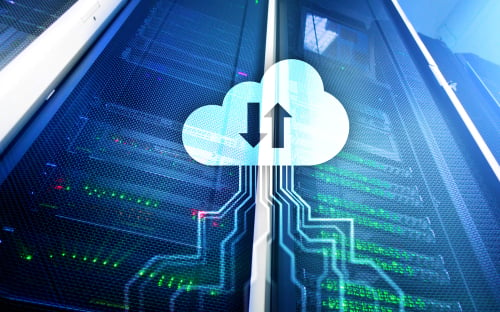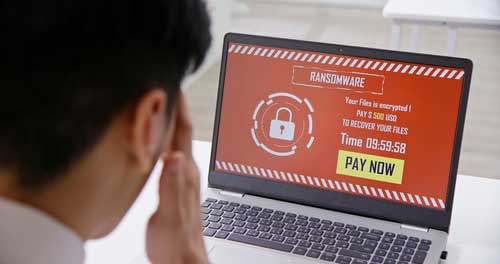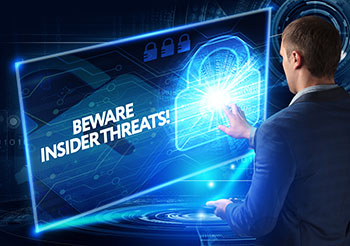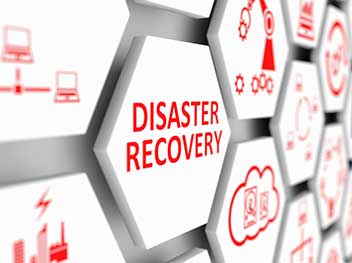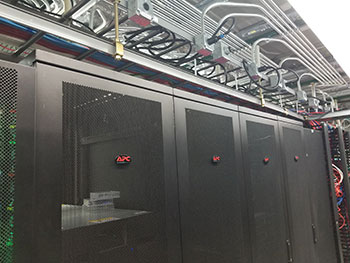Racksquared Data Centers Expands into Louisville, Kentucky
Racksquared Data Centers Expands into Louisville, Kentucky
Read More3 iSeries Tips from a Rookie
I am new to the world of IBM Power but in the last 6 months, I've learned a lot and would like to share some of those key learnings with you. I'm going to talk about how staying current on your OS avoids trouble, why you need to follow the 3-2-1 best practices rule for backups, and how having a disaster recovery plan prepares you for a worst-case scenario.
Read MoreIBM Power: Hosted On-Premises or in the Cloud?
According to TechTargets, “The term cloud came into widespread use in 2006 when Amazon launched AWS with the Elastic Compute Cloud (EC2) service”. Since that time, there have been endless debates as to whether it is better to host IT infrastructure on-premises or in the cloud. From my perspective, the answer is a definite “it depends”. How do you figure out what’s best for you? Check out the three questions you need to ask as you determine on-premises versus the cloud. Your company should have the expertise, technology, and environment to support your business requirements.
Read MoreIBM Power Disaster Recovery Story: From V5R3 to V7R4 in 36 Hours
Earlier this year, I wrote an article entitled The IBM Power Trap that described how a series of decisions related to how you manage your applications and IBM Power can leave you stuck. A few people reached out to me with questions so I thought it might be appropriate to share a real-life story about one of our customers, we will call them Glass Corp International (GCI), that got caught in this trap and had to be rescued.
Read MoreIBM Power: How Strong Is Your Backup Game?
Your business runs on IT and chances are if your systems are down, your business is down. Have you contemplated the most common reasons for data loss and whether your strategy can protect you in the event of natural disaster, hardware failure, fire, ransomware, human error or theft? Depending on the reason for your outage, you may experience data loss and need to leverage your backups to recover. Are you confident in your backup and recovery strategy?
One of the simplest tests you can do to assess your backup strategy is to see how you stack up against the 3-2-1 best practices for backups. This requires that you have 3 copies of your data on 2 different media with 1 of them being offsite. When I visit companies and talk to them about their backup strategies, very few are meeting the 3-2-1 best practices.
Read MoreHit by a Ransomware Attack? What to Do Before Recovering Your Data
Every 11 seconds a business is victimized by a ransomware attack, according to Cybersecurity Ventures. Bitdefender reports that in just one year, the number of these incidents has spiked 715%. These attacks are increasing not only in frequency but also in expense. The costs of attacks will total about $20 billion this year, 57 times more than in 2015.
You want to be ready, if and when your organization is attacked. But when ransomware takes down a business, it can be hard to think clearly. And you may have more questions than answers: How long will you be down? Who needs to know? How long will you be working around the clock to recover?
Will “insider threats” be the downfall of your cybersecurity strategy?
When security incidents originate within the organization, whether through malicious intent or negligence, these incidents are considered as coming from “insider threats.” A recent IBM Security Study, “The Cost of Insider Threats,” indicated that 77% of these threats are related to employees accidentally sharing information (either through negligence or theft). The study included 204 companies with 4,716 insider incidents and placed an average annualized cost of $7.37 million on these incidents. While these costs, may not reflect what a small or medium-sized business might experience, the bottom line is these incidents result in significant expenses to the companies that are attacked.
Read MoreIBM iSeries Disaster Recovery: Lessons learned from a hardware failure
More than 150,000 organizations worldwide rely on the IBM Power Systems platform and the IBM iSeries operating system to keep their core business up and running. This includes business applications like enterprise resource planning (ERP) software, banking applications, customer relationship management (CRM) software and health information systems. Because of the business-critical nature of these applications, companies rely on the iSeries as it is known for its reliability, scalability and stability. But what happens when the unthinkable happens and one of these systems fail?
Read MoreHow Colocation Services Reduce Business Risk
Have you ever wondered if colocation services make sense for your company? Consider this, Vertiv and the Ponemon Institute conducted a survey of 63 data centers, that had experienced outages, and found that 46% were caused by data center equipment issues such as uninterruptible power supplies (UPSs) and generators, 22% human errors, 22% cybercrime, and 10% were related to weather. By adopting a colocation strategy, you can dramatically reduce your business risk associated with each of these factors.
Read More
.png)


